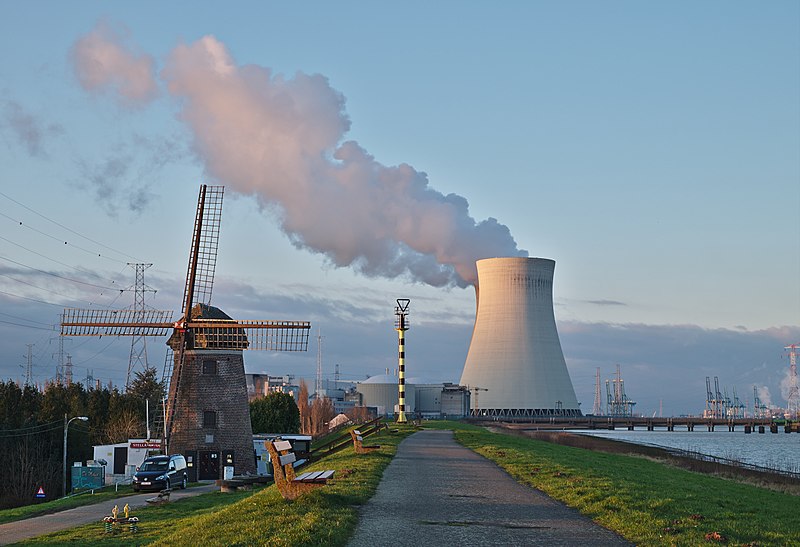Recently, the International Energy Agency (IEA) warned that neglect of the world’s nuclear electric generating plants would lead to a precipitous decline in climate-friendly nuclear energy production around the world.
The agency, a consortium of 30 countries which monitors energy developments worldwide, said 25 percent of nuclear capacity could be lost by 2025 and two-thirds by 2040. The cause is clear. Little new capacity is being built and much of the current fleet of reactors is nearing the end of its lifespan.
The IEA’s warning comes about a decade too late. That’s because the timeline for planning and building nuclear power plants can be that long.
More than 10 years ago I wrote a piece called “The Nuclear Future That Never Arrived.” In it I explained why I believed the time for nuclear power development had come and gone.
Since then we’ve had the Fukushima disaster after which talk of a nuclear renaissance ceased. In fact, some countries, notably Germany, decided to retire its nuclear power stations. But Sweden and Japan have since reversed course on a similar decision.
The schizophrenia on nuclear power has to do with two things according to the IEA. First, generating electricity from nuclear plants produces very little greenhouse gas compared to fossil fuel-fired plants. (Nuclear plants, of course, require service vehicles and delivery trucks. And, there is uranium mining and processing.) Nuclear’s nearly carbon-free energy is important in the context of climate change.
Second, the cost of building renewable energy generation considerably exceeds the marginal cost of keeping existing nuclear plants running longer. And, that’s what some nations are choosing to do. In the United States, several original 40-year licenses are being extended to 60 years.
But, none of this is likely to matter for several reasons. First, the safest thing a nuclear regulator can say is “no.” That tendency slows down approval and deployment of new, safer designs. It also makes regulators reluctant to extend the lives of reactors if they have any hesitancy at all.
Second, the timelines for planning and building nuclear plants can be decades. Given the difficult history of such plants which includes vast cost overruns, negative public attitudes about nuclear power, and the vicissitudes of regulators over many government administrations, few utilities are willing to undertake the task.
Third, repairs needed to shore up the aging fleet of existing reactors are sometimes too costly and operators are choosing for economic reasons to shut reactors down. Sweden is facing just such a situation right now.
Fourth, a significant accident at a nuclear plant has the potential to destroy the financial viability and independence of a utility despite any government liability limits or implied guarantees of direct aid in case of a nuclear catastrophe.
In the 10 years since I suggested that the opportunity for a nuclear energy-based economy had come and gone, the circumstances for the industry have only gotten worse—worse than even I foresaw back then. It’s hard now to believe that the United States government predicted back in 1962 that half of all electricity in the country would be produced by nuclear reactors by the year 2000 and that all new power plants after that would be nuclear. Today, the percentage of electricity generated by nuclear power in the United States stands at about 20 percent, a percentage that has remained nearly steady since the early 1990s.
And so, an energy source that was once imagined to be the long-term replacement for fossil fuels is now in the equivalent of an old-age home. What is more disturbing is that the other candidates for replacing fossil fuels—renewables, which the BP Statistical Review of World Energy defines as wind, geothermal, solar, biomass and waste—still only provide energy for 3.6 percent of total world consumption.
Photo: De Molen (windmill) and the nuclear power plant cooling tower in Doel, Belgium (2018). By Trougnouf. Via Wikimedia Commons.






